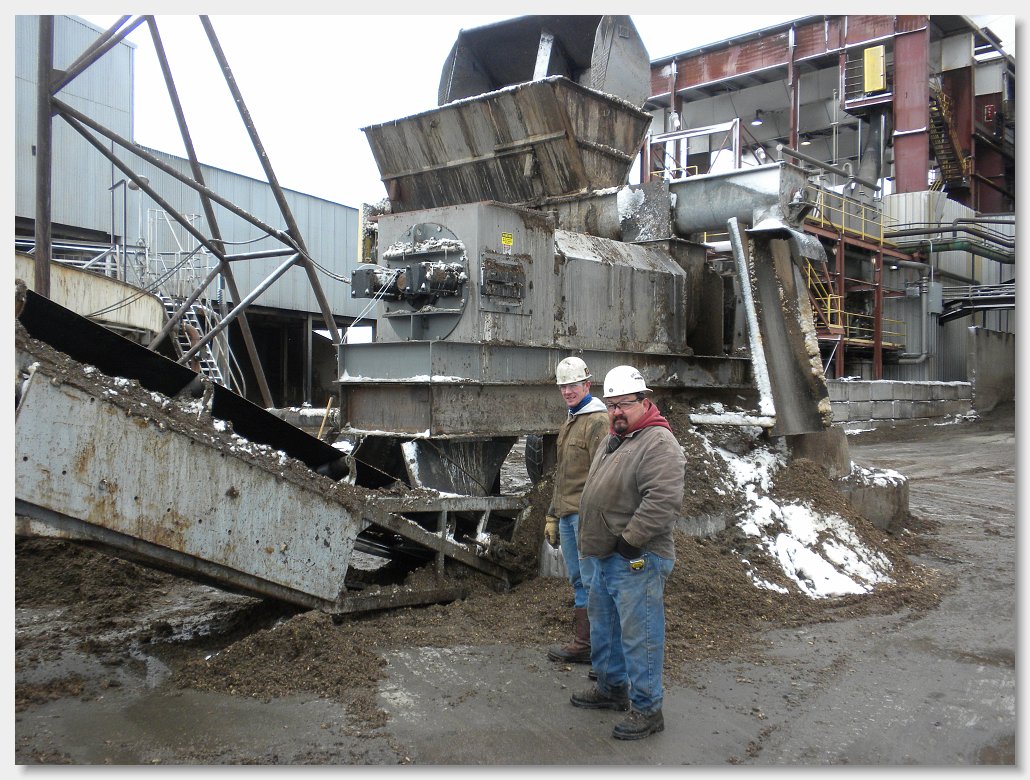May 25, 2009
In one month we had four different inquiries dealing with pressing okara. One, with White Wave, reached the point of bringing two 55-gallons drums of okara to Tampa for testing.
Okara is a waste product resulting from the production of tofu. The process for making tofu starts with soaking soybeans overnight, and then grinding them. The beans are about the size of baked beans. After soaking they are fairly soft and crumbly. Following grinding, the material is heated by being pumped through a heat exchanger.
A leading producer of tofu in the States is White Wave. Years ago we tested a Fiber Filter at their factory in Boulder, Colorado. At that time, the heated flow was pumped to 3 hp “centrifuges”; these were more like clothes dryers. The hot okara dropped to a narrow belt conveyor and was sent to farmers, for animal feed. When squeezed, not much water came through your fingers, and the moisture which squeezed out soaked right back in.
The hot soy milk was pumped into pails, along with some coagulant, and agitated a little. After a short dwell time the pails were dumped onto a 1 meter belt press, with fabric on the bottom and with metal slats forming the top belt. The filtrate liquid went to the drain, and the tofu cake that come out was about 1-1/2″ thick. It was sliced into bricks that were dumped in a tub of cold water. After cooling the bricks were put in packages, water was added, and then the packages were sealed. Next they were pasteurized.
The plant waste water is what we were running through the Fiber Filter. The particles were too fine for the machine to work. We wrote it off as an another unsuccessful trial.
Today there are likely both specialty screw presses and proper centrifuges which replace some of the equipment such as the belt conveyor.
The purpose of our recent testing was to remove additional moisture from the okara. It had 86% moisture, which is way too high for economical production of animal feed in a dryer.
The okara we tested in Tampa, measuring 86% moisture, had come from a centrifuge, so there was no water left which a screw press could remove. Therefore we tried various press aids which are acceptable in animal feed, such as lime, gypsum and alum, along with cellulose fiber. None of these worked at all. The screw press removed negligible water. We have written it off as yet another unsuccessful trial.
ISSUE #211

